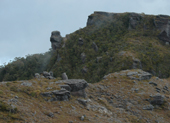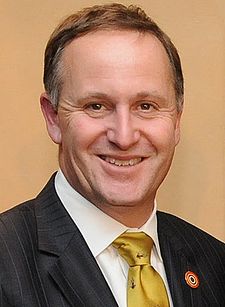 A recent Forest and Bird Newsletter contrasted the anticipated loss of 100 jobs in the Department of Conservation with the announced doubling of the number of people employed in the Ministry of Economic Development’s unit aimed at expanding the oil and minerals industries. The newsletter comments that some of those who will lose their jobs with DOC are expected to be people with strong scientific and technical experience who know what would be lost if mining or other destructive developments were to take place on conservation land.
A recent Forest and Bird Newsletter contrasted the anticipated loss of 100 jobs in the Department of Conservation with the announced doubling of the number of people employed in the Ministry of Economic Development’s unit aimed at expanding the oil and minerals industries. The newsletter comments that some of those who will lose their jobs with DOC are expected to be people with strong scientific and technical experience who know what would be lost if mining or other destructive developments were to take place on conservation land.
Forest and Bird are right to be suspicious. The Minister for Economic Development has given ample evidence that in the thinking of the government the economic gain to be had from fossil fuel exploitation balances any environmental damage it causes. They have had to backtrack from the initial plan to open up some of the most highly protected conservation land for mining, but there’s every indication that they will continue to hover and find other opportunities to prize open land that ought to be left undisturbed, in order to extract fossil fuel from it. The same Forest and Bird newsletter set out the organisation’s hope to save the Denniston Plateau from a proposed new opencast coal mine which would destroy 200 hectares and increase New Zealand’s coal exports by up to 63% per year. And that would only be the beginning. The Australian company holds mining permits across the Plateau, which would generate an estimated 50 million tonnes of coal. Continue reading “Leave fossil fuels undisturbed.”


 Gareth’s
Gareth’s